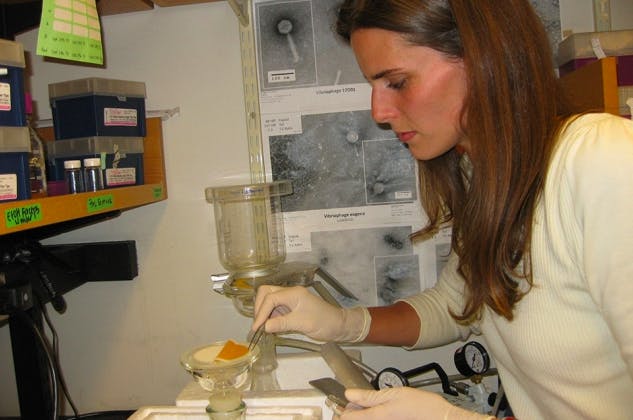Clonal hematopoiesis seen in 10% of firefighters, medical personnel on the scene after WTC attack

Firefighters and emergency medical personnel who were among the first to respond to the World Trade Center (WTC) attack on Sept. 11, 2001 harbor significantly higher rates of genetic mutations associated with blood cancers and other inflammatory diseases, researchers have found.
A full 10% of WTC responders exposed to particulate matter from the burning twin towers had evidence of clonal hematopoiesis (CH) on deep targeting sequencing, as compared with 6.7% of non-WTC-exposed firefighters, reported Amit Verma, MBBS, of Albert Einstein College of Medicine in New York City, and colleagues.
The difference amounted to a threefold higher likelihood of CH among the WTC responders after controlling for age, sex, and race/ethnicity (OR 3.14, 95% CI 1.64-6.03, P=0.0006), according to the findings in Nature Medicine.
The data “demonstrate that environmental exposure to the WTC disaster site is associated with a higher burden of CH, exceeding that expected in normal aging, and establish a rationale for mutational testing of the larger WTC-exposed population,” the group wrote.
“These blood mutations are not only associated with an increased risk of blood cancers, but also associated with increased risk of heart disease, lung disease, and other inflammatory diseases,” Verma told MedPage Today in an email. “Finding these mutations can lead to preventive measures such as heart checkups, controlling cholesterol, checkups for early signs of cancer — the best way to cure cancer is to catch it early.”
“These findings suggest that sequencing tests can be used for not just firefighters, but also police force, EMT workers, and others affected by the WTC exposure,” Verma added.
In a previous study, investigators demonstrated that WTC exposure among first responders was associated with an increased risk of monoclonal gammopathy of unknown significance — a precursor of multiple myeloma. This suggests that “sufficient time has now elapsed after exposure for the manifestation of other premalignant conditions,” wrote Verma and Colleagues.
In their current study, the authors collected blood samples from 481 deidentified WTC-exposed New York City firefighters (n=429) and WTC-exposed emergency medical personnel (n=52) from 2013 to 2015. These samples were assessed for DNA isolation and sequencing. Control peripheral blood samples were obtained from 255 firefighters from the Nashville, Tennessee area who had comparable baseline demographics.
In the WTC-exposed group of responders, the authors identified 48 individuals with 57 CH-associated mutations, compared with 17 individuals in the non-WTC-exposed firefighter cohort.
The association between WTC exposure and CH on multivariate analyses were maintained when the researchers removed the WTC-exposed emergency medical personnel and only compared the exposed to non-exposed firefighters (OR 2.93, 95% CI 1.52-5.65, P=0.0014).
It was also maintained when they restricting the analysis to those whose smoking status was available (smoking status was not linked with CH):
- All exposed responders: OR 3.05 (95% CI 1.54-6.06, P=0.0015)
- Exposed firefighters: OR 2.78 (95% CI 1.39-5.59, P=0.004)
The frequency of somatic mutations in WTC-exposed first responders showed an age-related increase, and predominantly affected the DNMT3A (16 of 57) and TET2 (7 of 57) genes.
In order to determine the effects of WTC particulate matter exposure on hematopoietic stem cells in vivo, Verma and colleagues administered wild-type mice with doses of WTC particulate matter considered to be equivalent to the exposure experienced by first responders. They observed a significant expansion of hematopoietic stem cells in the treated mice 30 days after exposures, with no significant change in other populations.


